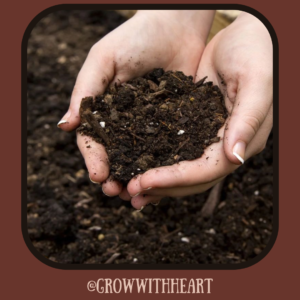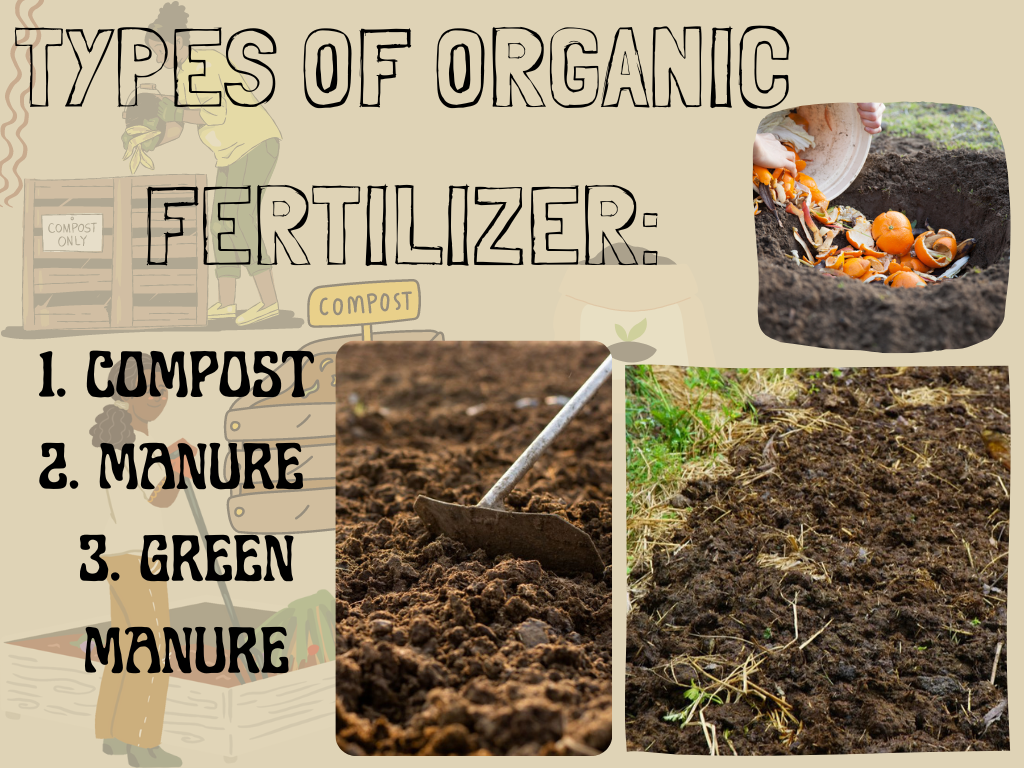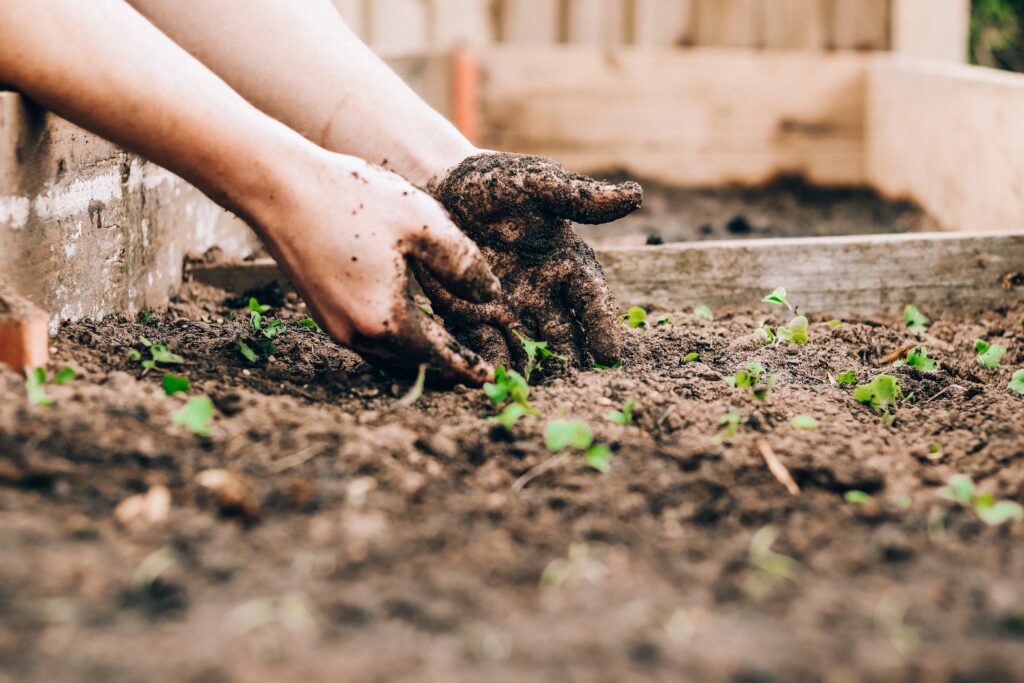kitchen garden Soil preparation is a fundamental step in gardening and agriculture, laying the groundwork for successful plant growth and bountiful harvests.
By adopting effective kitchen garden soil preparation techniques, gardeners and farmers can optimize soil health, nutrient availability, and water retention, ultimately enhancing plant vigor and productivity.
- kitchen garden soil preparation is vital for successful gardening and farming.
- It ensures optimal plant growth and higher yields.
- Proper techniques improve soil structure, nutrient availability, and water retention.
Importance of Soil Preparation

Before delving into specific techniques, it’s essential to grasp why soil preparation is crucial.
Soil serves as the foundation for plant growth, providing physical support, nutrients, and water.
However, not all soils are created equal, and proper preparation ensures that plants have access to the resources they need for optimal development.
- Optimal Plant Growth: Soil preparation ensures that plants have access to essential nutrients, water, and air, promoting healthy root development and overall growth.
- Increased Yields: Well-prepared soil provides an ideal environment for plants to thrive, resulting in higher yields of fruits, vegetables, and crops.
- Nutrient Availability: Proper soil preparation facilitates the release and availability of nutrients necessary for plant growth, reducing the need for synthetic fertilizers.
- Water Retention: Adequately prepared soil retains moisture more effectively, reducing water runoff and minimizing the risk of drought stress for plants.
Benefits of Proper kitchen garden soil preparation
Investing time and effort into soil preparation yields numerous benefits.
It improves soil structure, allowing for better root penetration and aeration. Additionally, it enhances nutrient availability, promotes water infiltration and retention, and reduces the risk of soil-borne diseases.
Ultimately, well-prepared soil sets the stage for robust plant growth and higher yields.
- Optimal Nutrient Availability: Proper soil preparation ensures that essential nutrients are readily available to plants, promoting healthy growth and development.
- Improved Soil Structure: Adequate soil preparation enhances soil structure, increasing porosity and allowing for better root penetration and water infiltration.
- Enhanced Water Retention: Well-prepared soil has improved water retention capacity, reducing the frequency of irrigation and minimizing water runoff.
- Reduced Weed Competition: By incorporating mulching and other weed-suppressing techniques during soil preparation, competition from weeds is minimized, allowing cultivated plants to thrive without interference.
Assessing Your Soil
Before embarking on soil preparation, it’s essential to assess the current state of your soil.
Conducting a soil test provides valuable insights into its pH levels, nutrient content, and texture.
Understanding these factors enables you to make informed decisions regarding amendments and adjustments tailored to your specific soil conditions.
- Conduct a soil test to understand pH levels, nutrient content, and texture.
- Use the results to choose suitable amendments and adjustments.
Choosing the Right Amendments

Based on your soil test results, select appropriate amendments to address any deficiencies or imbalances.
Organic amendments, such as compost and manure, enrich the soil with essential nutrients and improve its structure over time.
Inorganic amendments, such as lime or sulfur, are used to adjust soil pH and correct nutrient deficiencies more rapidly.
- Select organic or inorganic amendments based on soil test results.
- Organic options include compost and manure, while inorganic ones include lime or sulfur.
Implementing kitchen garden soil preparation Techniques
Depending on your gardening preferences and the scale of your operation, various soil preparation techniques can be employed.
Traditional tillage methods involve plowing or tilling the soil to break up compacted layers and incorporate amendments. Alternatively, the no-till approach minimizes soil disturbance, preserving its natural structure and biodiversity.
- Choose between traditional tillage methods and the no-till approach.
- Incorporate organic matter and adjust soil pH as necessary.
- Mulching helps retain moisture and suppress weeds.

Seasonal kitchen garden soil preparation
The timing of soil preparation activities is critical for optimal results.

In the spring, focus on loosening compacted soil, incorporating amendments, and preparing beds for planting.
Fall soil preparation involves replenishing nutrients, adding organic matter, and protecting the soil during the winter months.
- Prepare soil in spring by loosening it and adding amendments.
- Fall preparation involves replenishing nutrients and protecting soil during winter.

FAQs:
- How often should I conduct a soil test?
- Soil testing is recommended every 2-3 years or when significant changes in soil quality are observed.
- Can I use synthetic fertilizers instead of organic amendments?
- While synthetic fertilizers provide quick nutrients, they may harm soil health and the environment over time.
- What is the best time of day to water plants?
- Water plants in the morning to minimize evaporation and fungal diseases.
- Do I need to mulch my garden every year?
- Annual mulching helps suppress weeds and maintain soil moisture.
- How can I improve soil drainage in my garden?
- Incorporate organic matter like compost to improve soil structure and drainage.
Conclusion:
proper soil preparation is essential for successful gardening and farming endeavors.
By investing time and effort into assessing soil conditions, choosing appropriate amendments, and implementing sustainable practices, growers can create an optimal environment for plant growth and productivity.
From improving nutrient availability and water retention to reducing weed competition and enhancing soil structure, the benefits of soil preparation are manifold.
By prioritizing soil health and fertility, growers can not only increase yields and reduce input costs but also contribute to environmental sustainability and long-term agricultural resilience.
Effective soil preparation lays the foundation for bountiful harvests, vibrant ecosystems, and a sustainable future for agriculture.

Pingback: 6 ways to improve soil fertility -
Thanks for sharing. I read many of your blog posts, cool, your blog is very good.
👍👍
Your point of view caught my eye and was very interesting. Thanks. I have a question for you.
Your point of view caught my eye and was very interesting. Thanks. I have a question for you.
Thanks for sharing. I read many of your blog posts, cool, your blog is very good.
Your article helped me a lot, is there any more related content? Thanks!
Your article helped me a lot, is there any more related content? Thanks!
Pingback: 12 Kitchen gardening planting techniques you need to know! -
Can you be more specific about the content of your article? After reading it, I still have some doubts. Hope you can help me.
Your article helped me a lot, is there any more related content? Thanks!
Your article helped me a lot, is there any more related content? Thanks!
Thank you for your sharing. I am worried that I lack creative ideas. It is your article that makes me full of hope. Thank you. But, I have a question, can you help me?
Your article helped me a lot, is there any more related content? Thanks!
Pingback: Vertical Gardening as a Sustainable Practice! -
Pingback: 5 popular types of vertical garden you need to know! -
Pingback: Small Space vertical gardening
Thanks for sharing. I read many of your blog posts, cool, your blog is very good.
Thanks for sharing. I read many of your blog posts, cool, your blog is very good.
Thank you for your sharing. I am worried that I lack creative ideas. It is your article that makes me full of hope. Thank you. But, I have a question, can you help me?
Your article helped me a lot, is there any more related content? Thanks!
Your point of view caught my eye and was very interesting. Thanks. I have a question for you.
Thank you for your sharing. I am worried that I lack creative ideas. It is your article that makes me full of hope. Thank you. But, I have a question, can you help me?